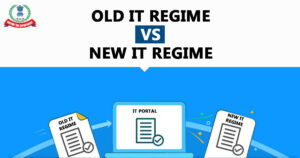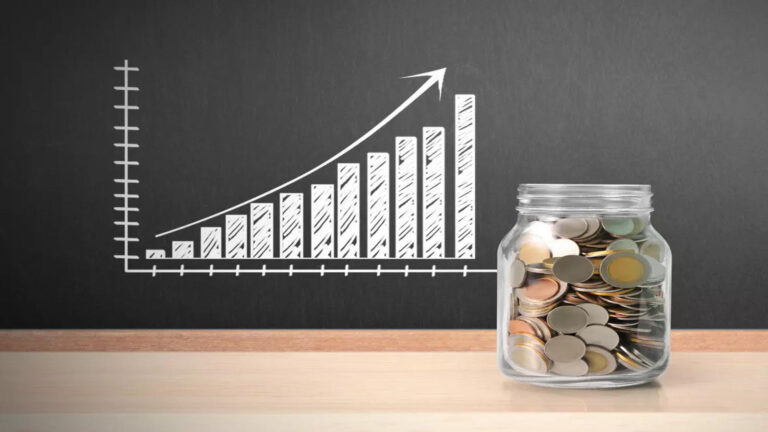How to Switch from the New Tax Regime to the Old Tax Regime for FY 2023-24

As we roll into February, the clock ticks steadily towards that annual milestone every taxpayer faces: filing the Income Tax Return (ITR). It’s a period marked by decisions, calculations, and the inevitable question: “Am I making the most of my tax-saving options?” For many, this season brings a particular dilemma to the forefront—the choice between the new and old tax regimes. Introduced to simplify the tax filing process, the new tax regime promised lower tax rates but with fewer deductions. Yet, as appealing as it sounds, it might not be the best fit for everyone.
If you’re sitting there, wondering whether you’ve made the right choice or if the grass is greener on the old regime side, you’re not alone. The good news? It’s possible to switch from the new tax regime to the old one, even now. But how, you ask? Let’s dive into the steps, considerations, and nuances of making the switch, ensuring you’re well-informed and equipped to make the best decision for your financial health this tax season.
Also Read: What are the Changes Made to NPS Partial Withdrawal Rule from February 2024?
Contents
Understanding the Tax Regimes
In the Union Budget 2023-24, significant changes were made to the income tax structure, introducing the new tax regime as the default choice for taxpayers. This regime simplifies the tax filing process by offering a streamlined tax slab with fewer deductions and exemptions compared to the old tax regime. The old regime, on the other hand, offers around 70 deductions and exemptions, including a deduction of Rs 1.5 lakh under Section 80C of the Income Tax Act, aiding taxpayers in reducing their taxable income.
Switch from the New Tax Regime to the Old Tax Regime
Taxpayers have the flexibility to switch between the old and new tax regimes, but the process and implications vary depending on the type of income:
- Salaried Individuals: They can switch between the new and old tax regimes each financial year as per their preference. The choice between regimes can be made directly on the Income Tax Return (ITR) form, without requiring any additional paperwork.
- Business or Professional Income: Individuals with business or professional income can make a one-time switch between the regimes. If they switch from the old to the new regime in a given fiscal year, they cannot switch back in the future. Form 10IE must be completed by July 31 of the Assessment Year (AY) for those wishing to switch regimes.
Steps to Switch While Filing ITR
Select the Desired Tax Regime:
Begin by choosing between the old and new tax regimes.
Check Eligibility:
Salaried individuals can easily choose their regime on the ITR form. Business or professional income earners need to ensure they haven’t previously switched regimes if they wish to move from the new to the old regime.
For Salaried Individuals:
- Access the ITR form (e.g., ITR-1 or ITR-2).
- Find the section for selecting the tax regime and choose accordingly.
- Complete and submit the ITR form.
For Business/Professional Income Earners:
- Download and complete Form 10IE (if switching to the new regime for the first time).
- Submit Form 10IE by the stipulated deadline.
- When filing your ITR, select the tax regime of your choice.
Final Checks and Submission:
Ensure all details on the ITR are correct. Authenticate the ITR using Aadhaar OTP or PAN and submit it electronically.
Considerations Before Switching
It’s crucial to evaluate which regime is more beneficial based on your income, deductions, and exemptions. The new regime may offer lower tax rates but limits deductions and exemptions. In contrast, the old regime, while having higher tax rates, allows for significant deductions that can reduce taxable income for those with substantial investments or expenses qualifying for deductions.
The choice between tax regimes is a significant decision that affects your tax liability. Carefully assess your financial situation, possible deductions, and exemptions before deciding on the regime that best suits your needs.





